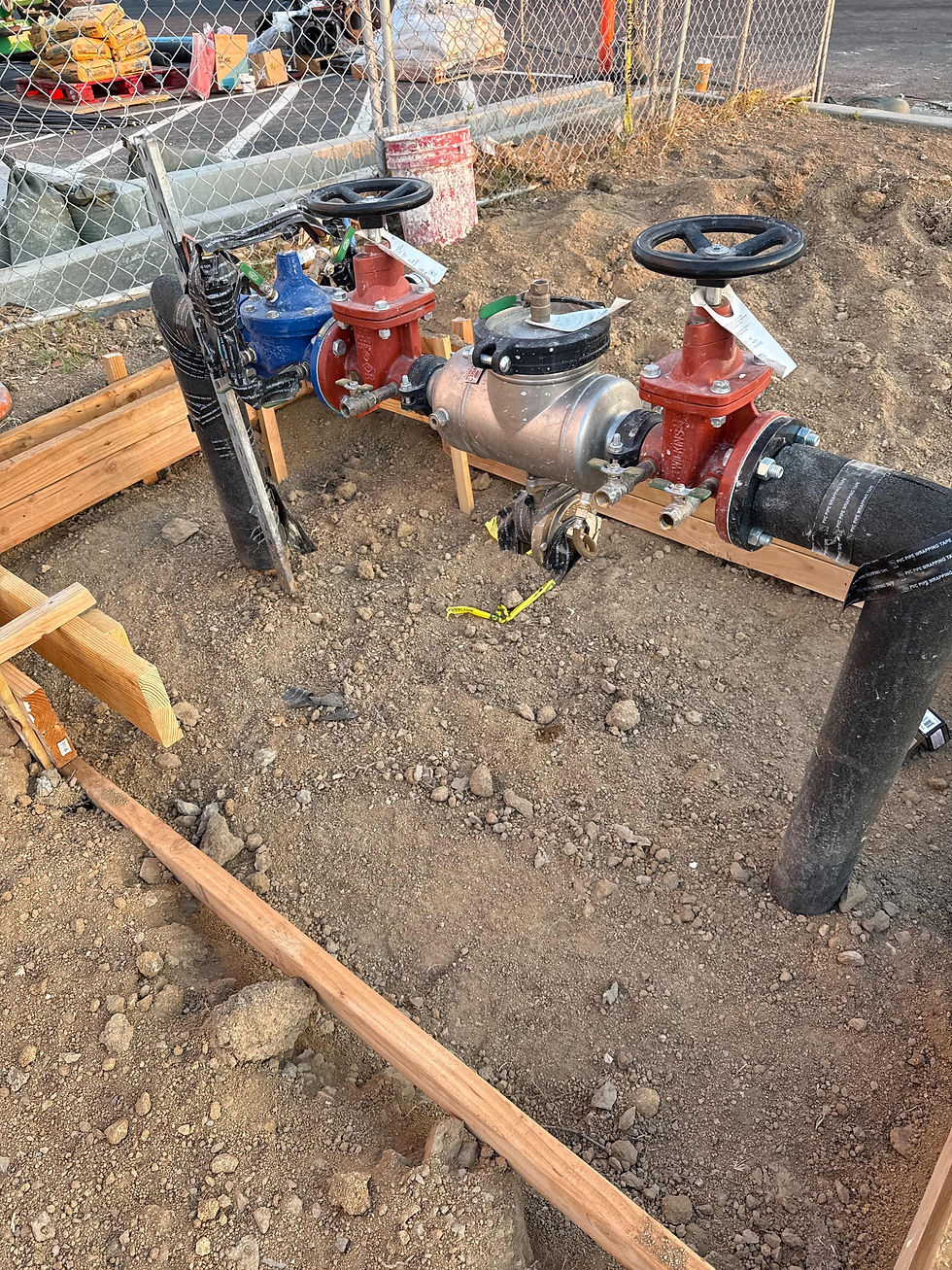Understanding Backflow: The Two Conditions That Cause It
- bill57931
- Nov 25, 2024
- 2 min read

Backflow is a critical issue in plumbing systems that can lead to contamination of clean water supplies. Understanding the conditions that cause backflow is essential for maintaining a safe and efficient water system. In this blog, we’ll explore the two primary conditions that can lead to backflow incidents: backpressure and backsiphonage.
Backpressure
Backpressure occurs when the pressure in a non-potable system exceeds the pressure in the potable water system. This situation can arise when pumps, boilers, or elevated tanks in the system create pressure that forces water to flow backward.
For instance, if a heating system or industrial process generates higher pressure than the water supply line, it can push contaminants into the clean water system. Installing pressure-reducing valves and regularly monitoring system pressure can help prevent backpressure-related backflow.
Backsiphonage
Backsiphonage happens when there is a sudden drop in water pressure within the potable system, causing water to be siphoned back into the supply. This can occur during events such as a water main break or when a large volume of water is used elsewhere in the system, like during firefighting.
The resulting negative pressure pulls potentially contaminated water from connected systems into the clean water supply. To prevent backsiphonage, backflow prevention devices like vacuum breakers or air gaps should be installed in vulnerable areas.
Conclusion
Preventing backflow is crucial for ensuring the safety and quality of water supplies. By understanding the conditions of backpressure and backsiphonage, homeowners and facility managers can take proactive steps to safeguard their water systems.
Regular maintenance, the installation of backflow prevention devices, and monitoring of system pressures are key strategies to prevent these issues. Ensuring a reliable and safe water supply protects not just individual households but entire communities.







Comments